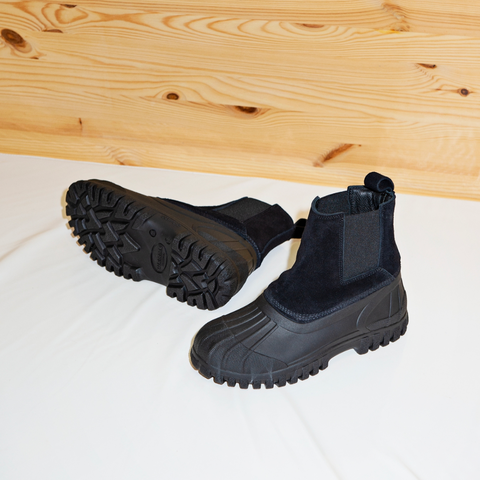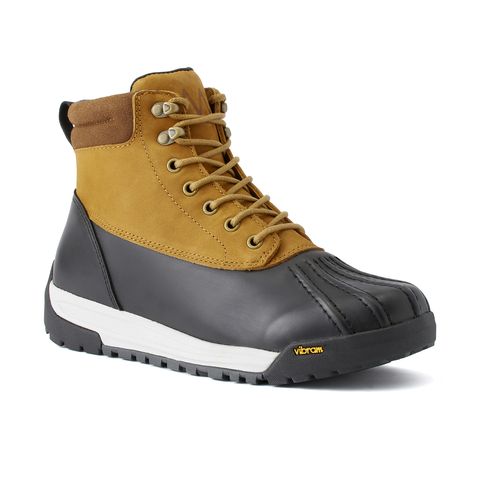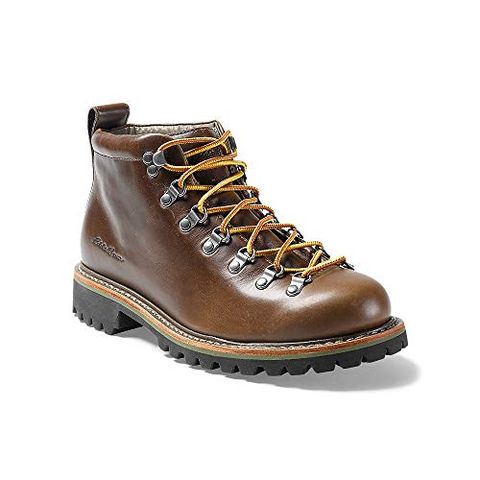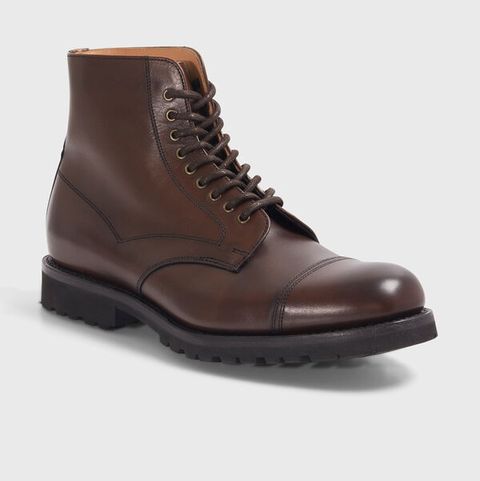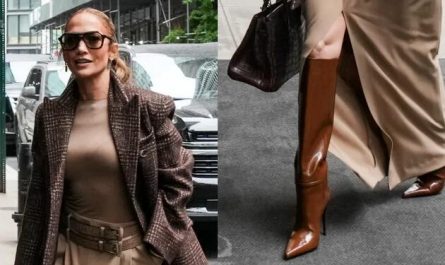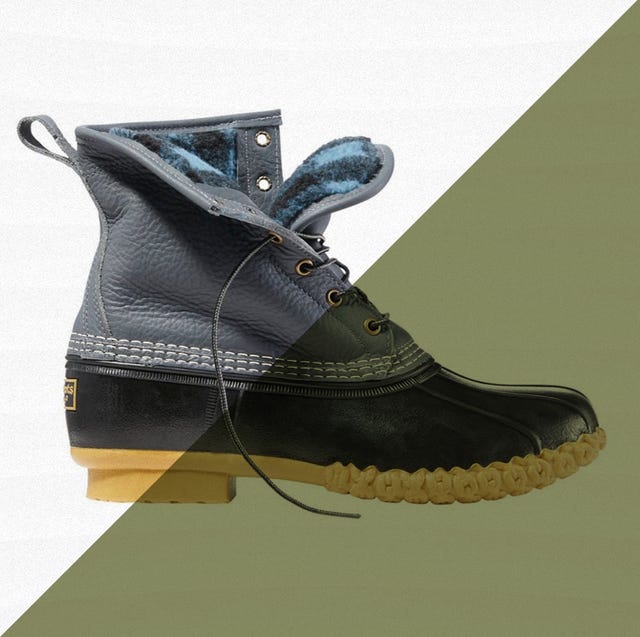
Fall may have just arrived, but it will be winter before you know it. And while you can layer up sweaters and jackets to keep warm when the temperature dips, an even more essential part of the cold weather equation is some solid winter footwear.
A good pair of winter boots will keep you warm and dry to the end of the season while also ensuring you aren’t slipping and sliding on iced-over sidewalks or slushy streets. There’s no shortage of options when it comes to winter boots, but you’ll want to choose a style and materials that work for the winter conditions in your area, whether that’s cold, dry weather or heavy snowfall.
What to Consider
Choosing the right winter boots requires you to ask two yourself two primary questions: What do I need in terms of performance and what weather conditions am I likely to encounter? The materials used for winter boots are generally similar to those used in hiking boots—leather, rubber, lining—but with an added focus on warmth. Before you click “Buy,” here’s what to consider.
Materials
Winter boots are typically made of rubber or full-grain leather—the highest grade leather available—uppers, and have a rubber sole to give you traction on ice or slick streets. Vibram soles are some of the best traction tread soles on the market and many of the boots we chose have them, but with varying levels of traction. If you live in a place where temperatures dip but there’s no chance of snow, you can get away with a sole with less traction.
However, if you’re battling icy patches on your commute, then opt for a sole with more tread. The full-grain leather used on winter boots is usually waterproofed but if you are likely to encounter heavy snow or rainfall, you may want to choose a boot that is more rubber than leather to ensure your feet stay dry.
Lining
This is where you should pay the most attention if you want your winter boots to keep you warm: most men’s winter boots will either be unlined, leather-lined, fleece-lined, or insulated. As with the materials, you’ll want to consider what winter-weather conditions you’re likely to encounter and how warm you want to be. Fleece and insulation—like PrimaLoft—are the best options for people in colder weather, whereas unlined or leather-lined boots will do if temperatures in your area are tend to be milder.
Style
As with anything you wear, personal style matters. Winter boots don’t have to look strictly utilitarian—there are plenty of styles that don’t compromise on either aesthetics or function. The boots we’ve selected look every bit as good as they feel.
How We Selected
To find the best men’s winter boots on the market, we first considered the various winter weather conditions people in different climates are likely to experience, from slight temperature dips to trudging through sleet and snow. The boots we chose run the gamut from leather boots perfect for chilly days to heavy-duty rubber models best for battling serious precipitation. All of the winter boots we chose are favorites among buyers, as well, earning high ratings from real customers and experts alike.

